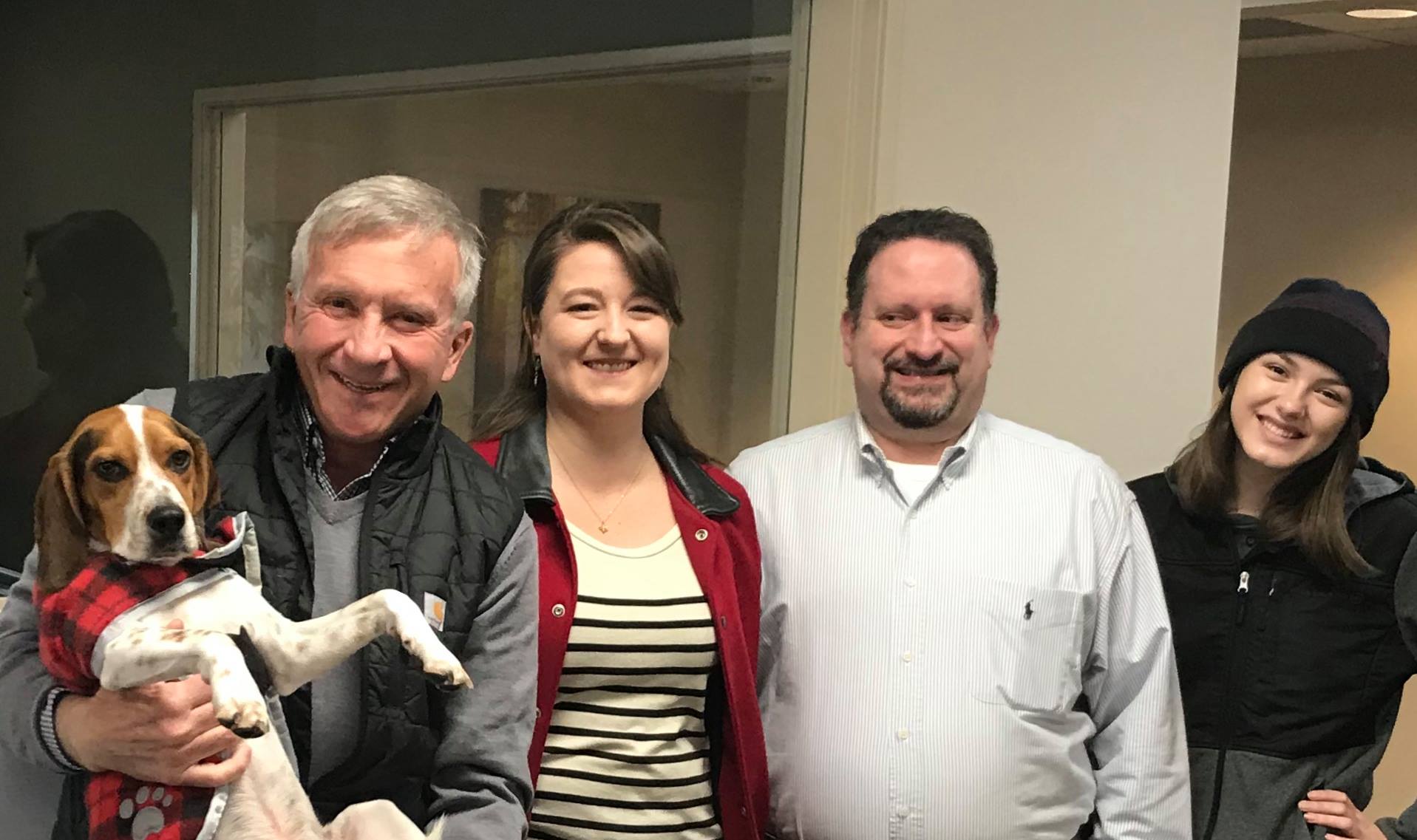From the new book by Sam Carpenter, a chapter from Making Oregon Great Again: Guide to the Grassroots Revitalization of the Oregon Republican Party (and the Defeat of the Ruling Class).
Download the entire book for free at www.makeoregongreatagain.com/book
CHAPTER 13
Internal Communication Tools and Protocols.
With lots of staff and consultants, a typical serious state-wide political campaign has always been incredibly complex and expensive.
But our campaign team was tiny: simple and super-efficient. This smallness had everything to do with the unique communication tools and protocols we employed; ones we’ve incessantly tested and refined over the last three decades in my national and international businesses and non-profit overseas 501C3 organization (and are fully described in my book Work the System: The Simple Mechanics of Making More and Working Less, which you can download for free, text or audio, at www.workthesystem.com).

Ashley, Office Manager; David, campaign manager; and Chloe, all’round go-getter.
We had a full-time paid staff of two: Campaign Manager David Gulliver (in Salem), and Office Manager Ashley Tilden (in Bend), and one part-time paid staffer, Chloe Baker, (in Bend). Also, we had a half dozen on-and-off part-time volunteers and a few outside service providers including our own online marketing firm, Pathway One, headed-up by CEO Marcello Scacchetti, based in Romania and the U.S. We had a half-dozen enthusiastic, hard-working volunteer teams in the field too, erecting signs.
We did not employ an outside political consultant.
This leanness is the prime reason why, by April 1st, after we had taken the lead in the scientific polls, our campaign had spent 10% of what Knute Buehler had spent. More on polls in following chapters.
Our budget and staff were relatively miniscule not because we didn’t have enough money, but because of our protocols, tools and talk-to-voters approach. Our super-efficient “campaign machine” is what worked best to reach voters.
We were able to accomplish tasks with minimal expenditures of time and energy. Regarding internal communications, in the course of the campaign we rarely had to make real-time phone calls to each other. Not once did we have an everyone-in-one-place physical meeting or a campaign-wide video or audio conference, yet everyone was up to the minute aware of exactly what was going on.
One of the tools we used is what we call “Electronic Voice Mail,” (EVM) in which individual or group voice messages can be sent via email. Ninety-eight percent of the use of EVM is via cell phone using either the IOS or droid native (no cost) voice-messaging apps. We also used group email extensively. Our platform was cloud-based (Google) G Suite.
With these simple methodologies, any one of us could instantly send a voice or email message to each other or to anyone or any group of people, day or night; on the move or at home, and so this meant no telephone-tag while everyone knew exactly what was going on. There were other tools and methodologies too, but EVM and group-email were 80% of the reason we were able to get tasks accomplished fast and effortlessly. Very simple.
The more intangible benefit of our communication methodology was that our operation was calm, not frenetic like most campaigns. And when I say the average campaign is frenetic, I mean insanely frenetic, with ego-clashes, huge gobs of wasted money, too many staffers and volunteers going in too many directions, critical information not shared, voter inquiries overlooked and/or ignored, consultants harping at managers, managers harping at volunteers, candidates harping at managers and consultants, media foul-ups, travel nightmares, confusion with vendors…and too much coffee and alcohol consumed in attempts to get things done and to stop the anxiety (and of course, excess caffeine and alcohol always makes things worse).
We didn’t have any of that.
OK, OK. Maybe some of us drank too much coffee…
One of our tenets was “POS.” Don’t fear, it’s not the acronym you are thinking it is. In our world, it stands for “Point of Sale.” That means our communication and task completion, whatever it was, happened right now. The idea was to get all the wheels spinning at maximum thrust, immediately. Nothing was put off until later. (See Chapter 15 in Work the System for details regarding this protocol.)
The other maxim that we brought to bear every time there was something to be done, was “AUTOMATE-DELEGATE-DELETE.” This screening motto synchronized perfectly with the individual and group messaging tools, which enabled us to…automate-delegate-delete. We would consider this maxim every time a new recurring task appeared. (Could we automate the task so it would be performed in the future without human intervention? Could that recurring task be delegated to a subordinate or to an outside agency? Or – our favorite – maybe in examining the outcome of that task we decide it’s not worth the effort or complication and it should not be done at all.)
You get the idea. There’s more, of course, but not much. It’s all very simple….
